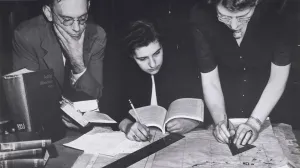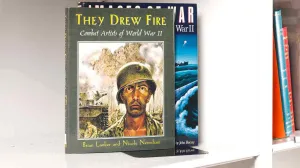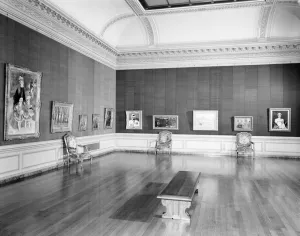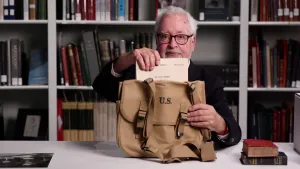this is another alert yes 3/7
Our renovated buildings reopen April 17, 2025! Tickets go on sale March 15. Now

EXPLORE ONLINE
Connect with the collection digitally.
Our renovated home opens early 2025.
Members receive priority access!
Support The Frick Collection
Your generosity sustains our world-class public programs, research, and conservation efforts.
The Frick at Your Fingertips
Museum and library news straight to your inbox.
Sign up today!




